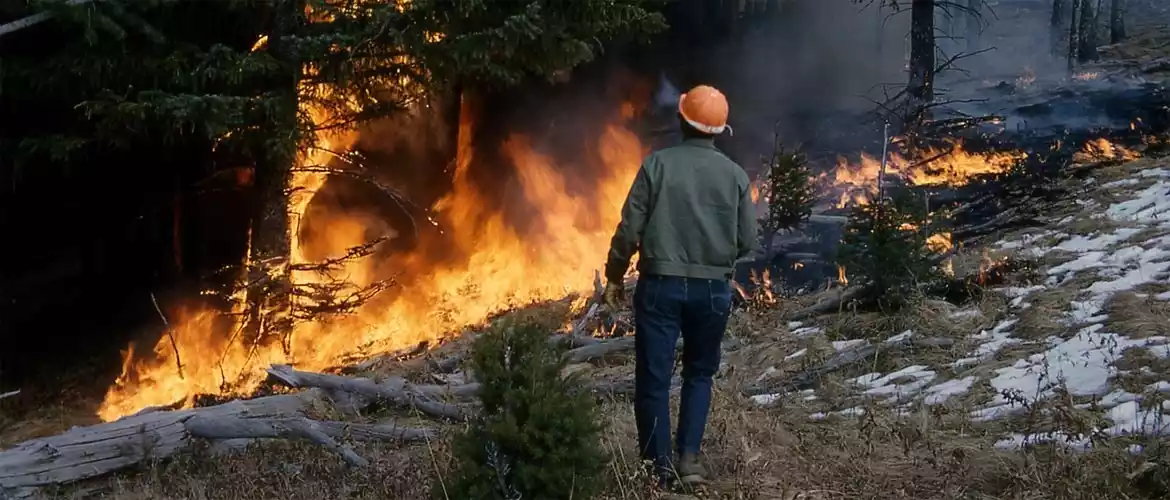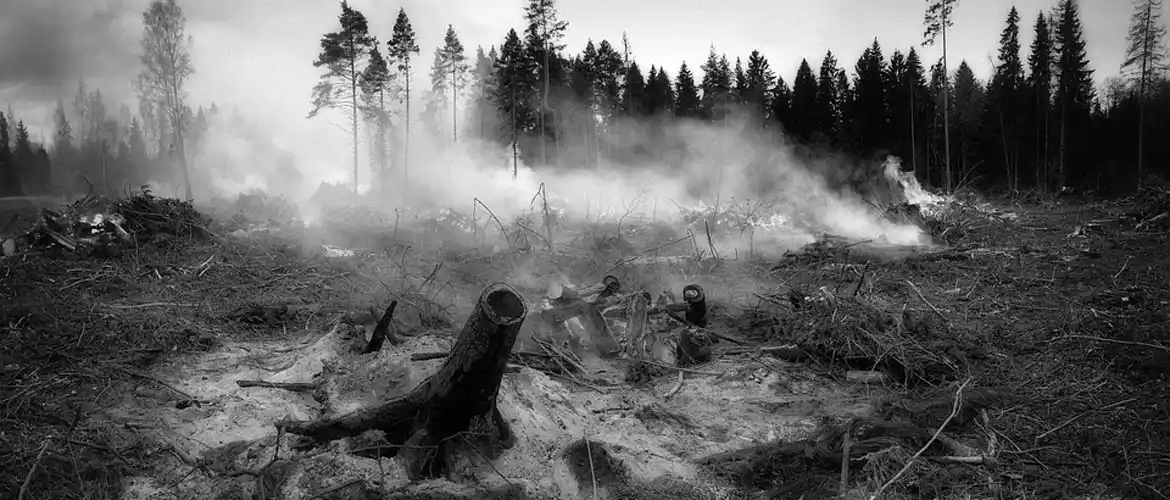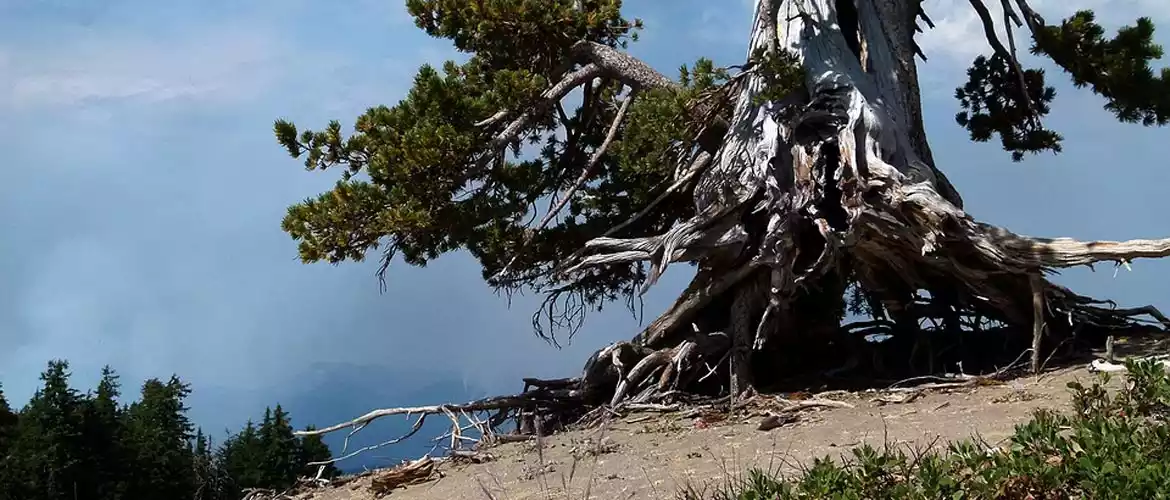Wildfires can significantly alter the landscape, leaving soil vulnerable to erosion. The intense heat often creates a water-repellent layer, preventing the ground from absorbing rainfall. Subsequent storms can lead to rapid runoff, carrying debris and sediment downhill, increasing the risk of mudslides. Implementing effective soil erosion control measures is crucial to mitigate these hazards and protect communities from potential damage.
Forest Fire Recovery with Biodegradable Sediment Control
Wildfires often expose soil to high temperatures that create a hardened, hydrophobic layer. This makes it difficult for the soil to absorb rainfall. As water flows over the surface, it carries sediment and debris downhill—posing a serious erosion risk. Sediment control becomes a critical part of post-fire recovery, especially on sloped or exposed terrain. Biodegradable erosion control products like coir mats, straw blankets, and wattles offer a natural solution to help reduce runoff and encourage regrowth by stabilizing soil and supporting vegetation development.
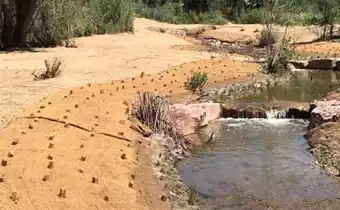 Coir blankets and mats can be placed on slopes and in large open areas to prevent erosion and promote new vegetation. Coir logs and wattles are often used at the bottom of slopes and placed horizontally in places with water flow to inhibit the speed of the water and the rushing sediment. Additionally, straw products are economical and biodegradable products for soil erosion control after wildfire.
Coir blankets and mats can be placed on slopes and in large open areas to prevent erosion and promote new vegetation. Coir logs and wattles are often used at the bottom of slopes and placed horizontally in places with water flow to inhibit the speed of the water and the rushing sediment. Additionally, straw products are economical and biodegradable products for soil erosion control after wildfire.
Wildfire Cleanup with Geotextiles
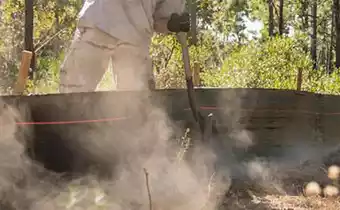
After a wildfire, slopes often lose their ability to filter runoff. When storms trigger mudslides, large amounts of sediment flow rapidly downhill. Silt fences serve as a final containment method at the base of slopes. These barriers help reduce erosion by capturing sediment and slowing water flow. They’re particularly effective in broad, open areas where runoff is more dispersed.
Forest Fire Recovery and Perimeter Runoff Control
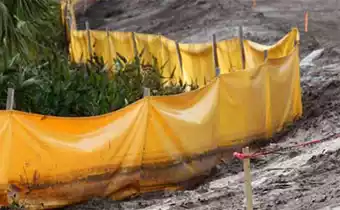 Other than geotextiles and a staked silt fence, other wildfire recovery options exist to accomplish soil erosion control after wildfire. A staked turbidity barrier is like a silt fence in that both perform similar tasks in similar places, but they differ in the material used to mitigate erosion. A staked turbidity barrier is made from impermeable PVC that does not allow water to pass through but diverts the water and sediment, slowing it down.
Other than geotextiles and a staked silt fence, other wildfire recovery options exist to accomplish soil erosion control after wildfire. A staked turbidity barrier is like a silt fence in that both perform similar tasks in similar places, but they differ in the material used to mitigate erosion. A staked turbidity barrier is made from impermeable PVC that does not allow water to pass through but diverts the water and sediment, slowing it down.
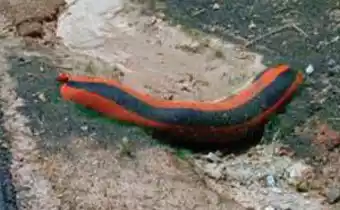 Another forest fire recovery and perimeter runoff control device is a compost filter sock. Made from a netting of polypropylene and filled with wood shavings and compost, these perimeter runoff control devices are meant to encourage soil erosion control after wildfire and filter sediment before it reaches waterways.
Another forest fire recovery and perimeter runoff control device is a compost filter sock. Made from a netting of polypropylene and filled with wood shavings and compost, these perimeter runoff control devices are meant to encourage soil erosion control after wildfire and filter sediment before it reaches waterways.
Clarion Municipal provides a variety of soil erosion control after wildfire products that can save your community time and money from the devastating effects of erosion and mudslides.
If you have questions about our sediment control products, please Contact Us.
See our One Clarion overview page for product applications to learn more about how our technical solutions can help your project.


